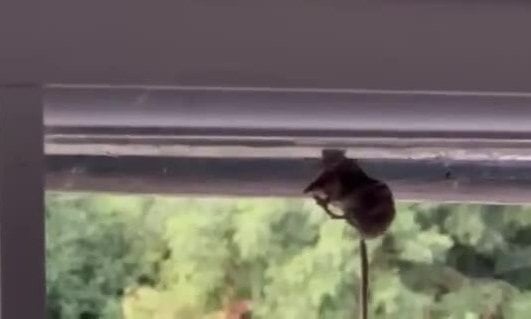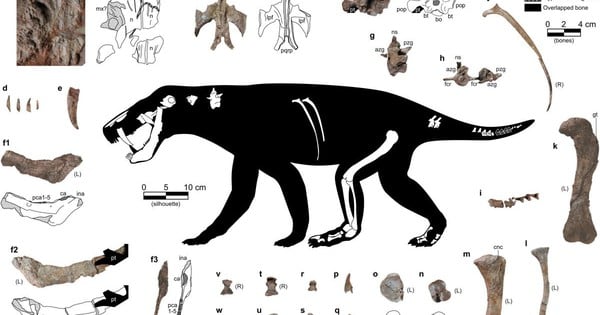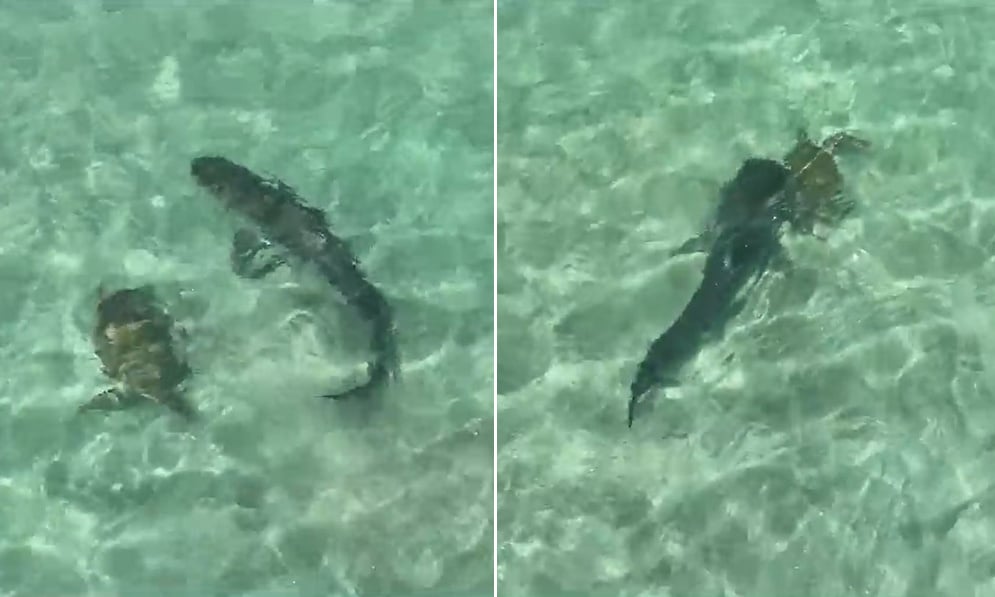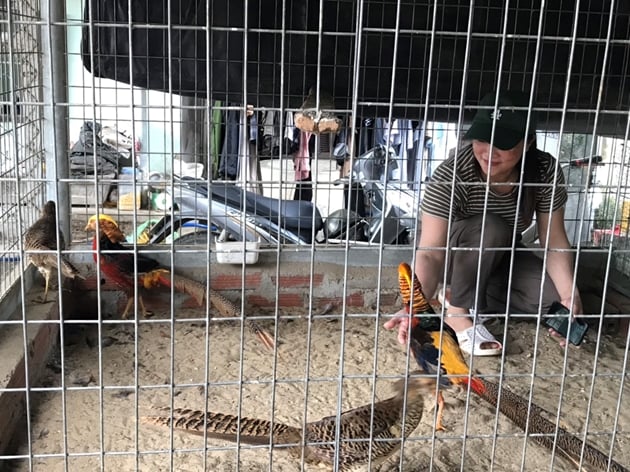The Noble False Widow Spider is only about 1cm long but can hunt vertebrates with its powerful venom and strong silk threads.
Noble widow spider takes down dwarf shrew. Video: Science Alert
Most spiders pose little danger to humans, including the noble false widow ( Statoda nobilis ). However, this predator, which is only about 1 cm long, has more power than you might think. For example, it can hunt vertebrates such as lizards, bats, and even shrews, according to new research, Science Alert reported on August 26.
Zoologist Dawn Sturgess at the University of Galway captured footage of a female false noble widow spider taking down a dwarf shrew ( Sorex minutus ) in a house in the southern English city of Chichester. The research, led by zoologist Michel Dugon at the University of Galway, is published in the journal Ecosphere.
Compared to the noble false widow, the dwarf shrew is a giant, typically about 5 cm long with a 4 cm tail. It is three times longer than the spider, not including the tail, and about 10 times heavier. Like true widows (including black widows and redbacks), the noble false widow handles its large prey with a combination of potent venom and strong silk threads.
The researchers found that the dwarf shrews remained alive while trapped in the web, despite making only a few small movements. This may be due to the spider’s powerful neurotoxin, which causes rapid neuromuscular paralysis. The spiders moved back and forth between the dwarf shrew and the beam above the window, using silk to pull their prey up to 25 centimeters.
After 20 minutes, the spider had dragged its prey up the beam, partially out of sight. It wrapped the dwarf shrew in silk, feasted on it for three days, then dropped what was left from the web. The experts said the only remains were fur, bones, and skin.
They are not sure how the spider caught the dwarf shrew in the first place, but it is unlikely to have been an accident. It is possible that the shrew climbed a wisteria bush near the bedroom window and was trapped in silk by the spider, paralyzed with poison, and then hung from a beam.
This is the third report in five years of noble false widows catching vertebrates, and their methods suggest they are adapted to hunting this type of prey, the researchers explain. This is the first time a member of the Theridiidae family has been recorded hunting shrews in Ireland and the UK. It is also the first time a spider has been recorded hunting shrews in the world.
The noble false widow spider is native to Madeira and the Canary Islands but has become an invasive species in other parts of the world, including the UK. This invasive species can cause problems for humans and wildlife, so it's worth learning more about it.
Thu Thao (According to Science Alert )
Source link














































Comment (0)